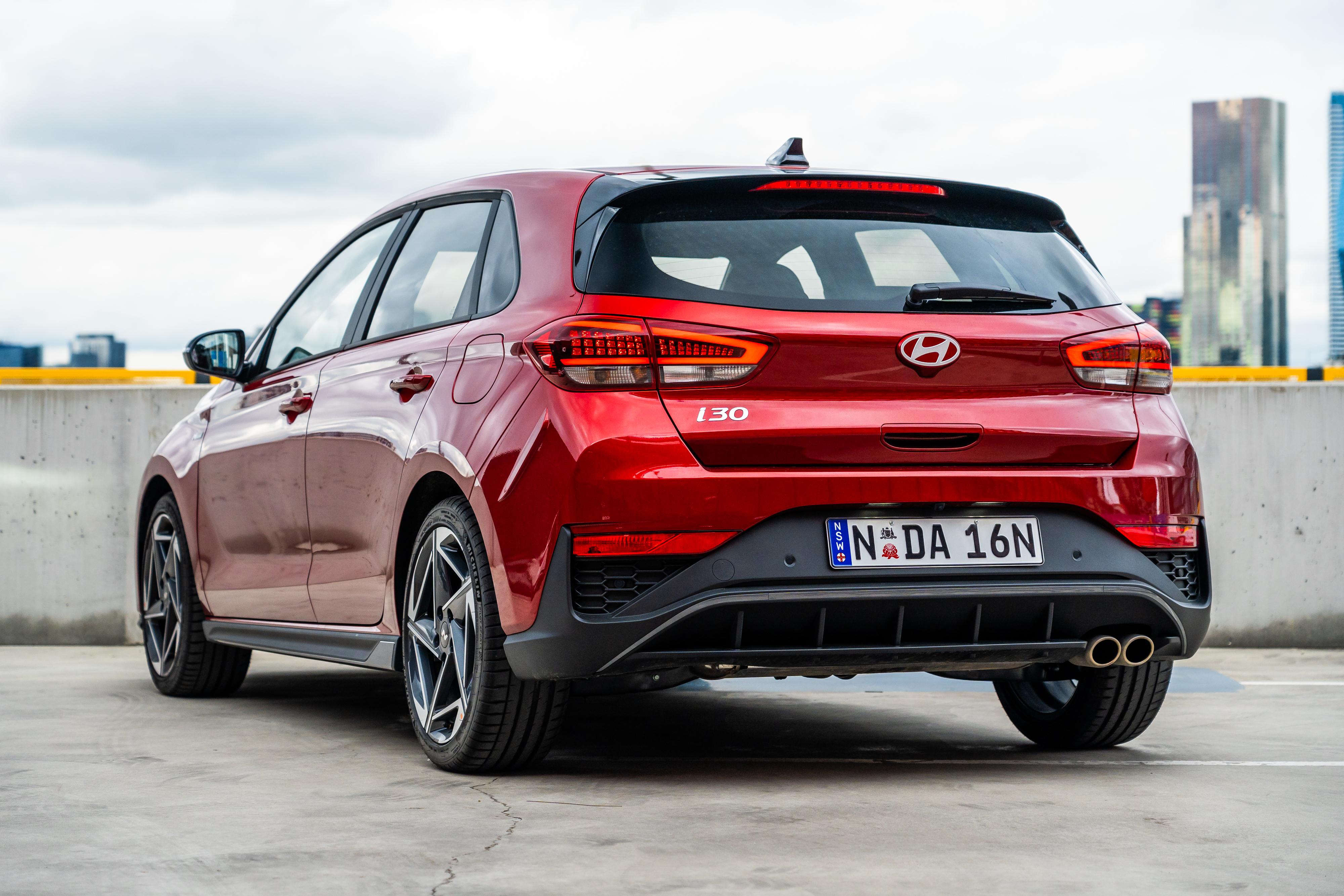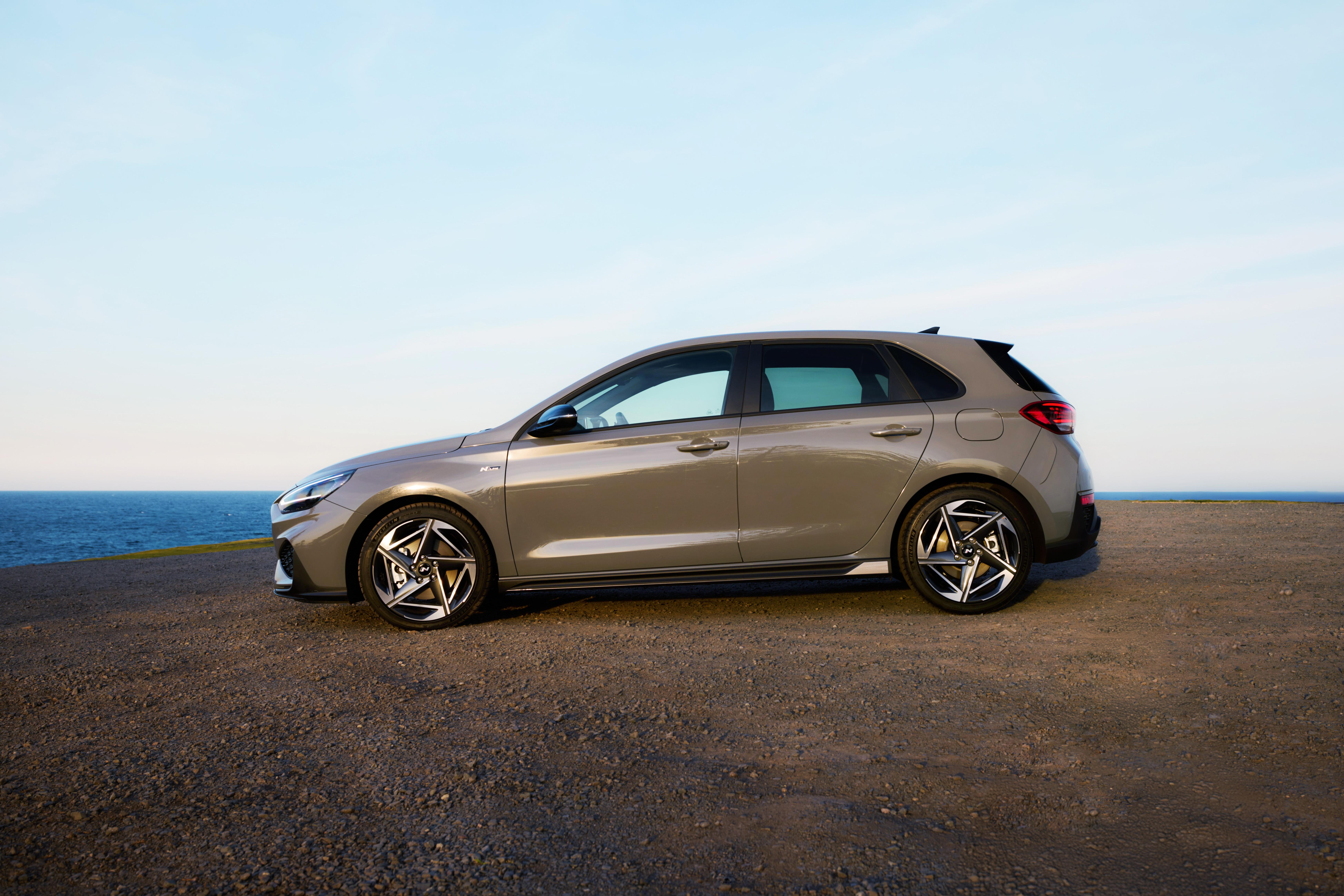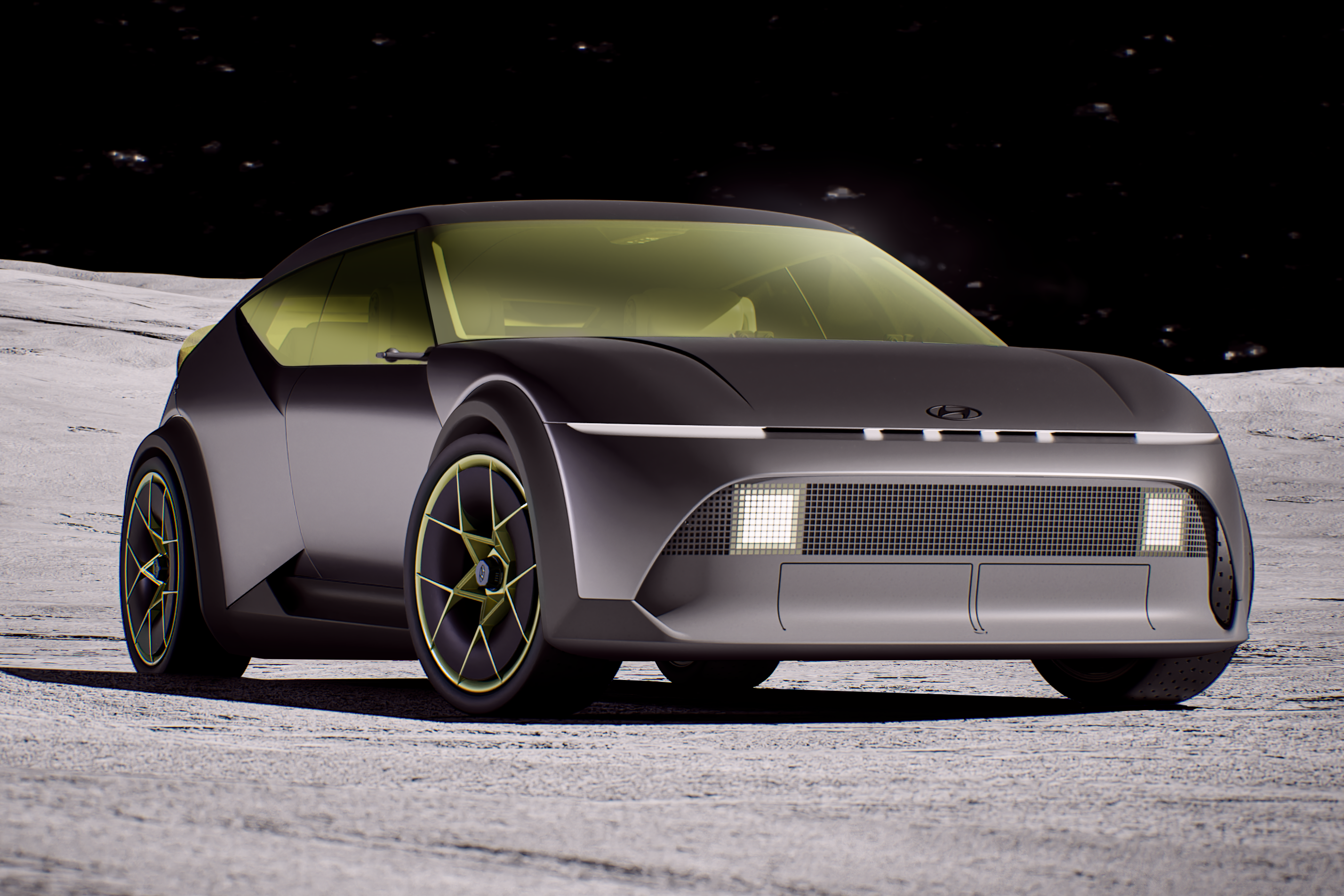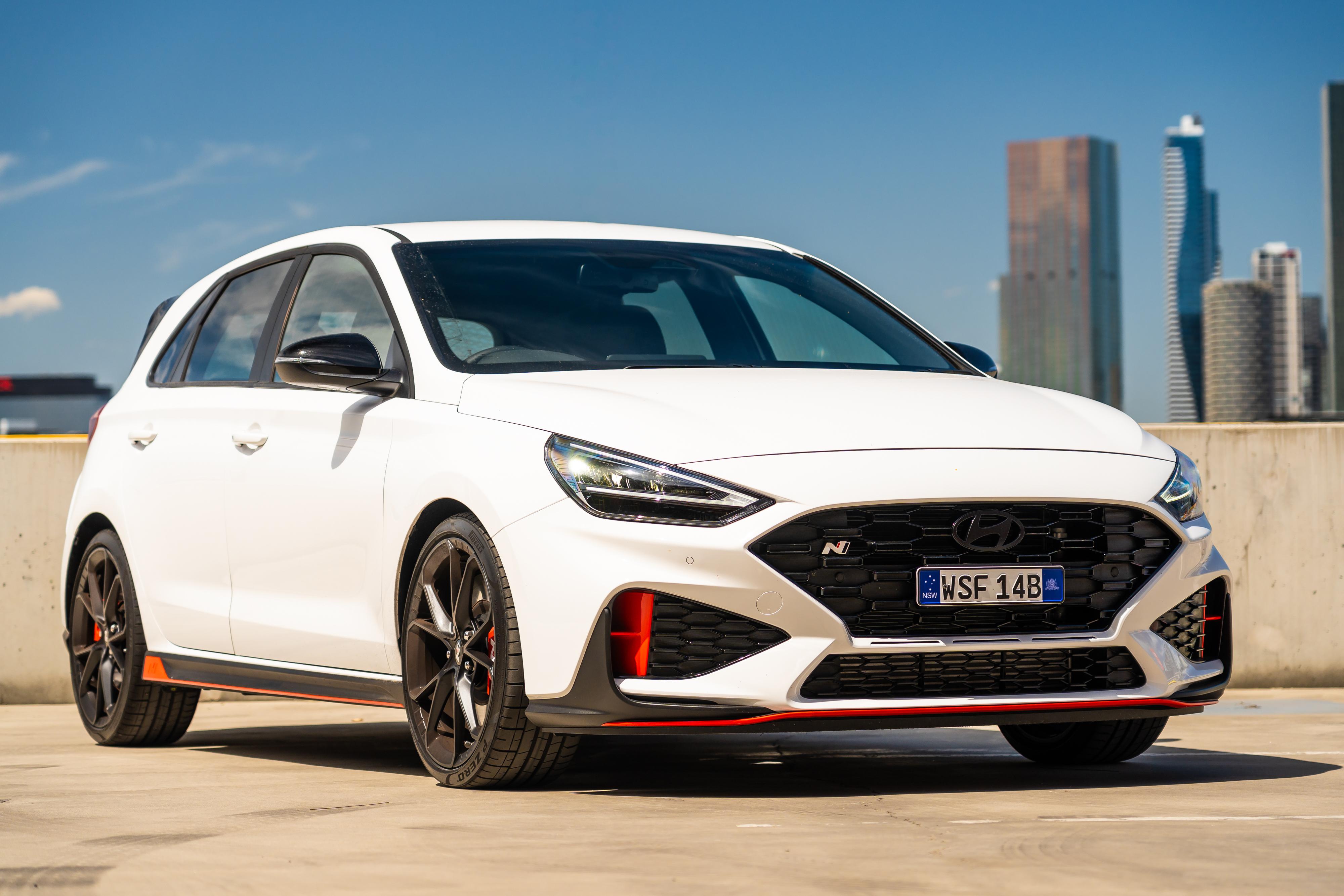After almost 20 years, Hyundai appears to be discontinuing its popular i30 Hatch in Australia.
According to a dealer bulletin obtained by CarExpert, production of the i30 Hatch will end for our market in December 2025, and dealer orders are now closed.
Notably, however, this bulletin refers only to the “i30 Hatch” and not the high-performance i30 N Hatch.
It’s unclear whether the i30 N Hatch is also facing the axe, and how much longer the hot hatch will be available for.
CarExpert can save you thousands on a new car. Click here to get a great deal.

The move makes the Czech-built ‘regular’ i30 Hatch short-lived in our market, having only arrived here late last year.
Hyundai Australia switched to Czech sourcing for the core i30 Hatch lineup – the N was already built there – after Korean production ended for the small hatchback.
While that allowed Hyundai to offer a significantly more efficient turbocharged 1.5-litre four-cylinder mild-hybrid petrol powertrain, it also forced up the price of the small hatch – not helped by the five per cent import duty on European imports.
Offered only in N Line and N Line Premium trim levels, the i30 Hatch copped price hikes of $3500 to $3700. With the loss of more affordable trim levels, the base price of the i30 Hatch also soared by a whopping $12,000.

The switch to European sourcing not only brought a new powertrain, but also revised front- and rear-end styling, plus LED interior lighting.
While Hyundai ended Korean production of the i30 Hatch, the i30 Sedan continues to be produced there for markets including ours. Australia is unusual in that this model wears the i30 Sedan nameplate here; it’s known as the Avante or Elantra elsewhere.
The future of the i30 nameplate itself is also looking a bit murky.
While the i30 Sedan/Elantra/Avante is set to enter a new generation this decade, the long-term future of the i30 Hatch – including its liftback and wagon relatives in Europe – isn’t assured.

The i30 N Hatch has already been axed in Europe, where it continues to be produced for a handful of markets including ours.
The rest of the i30 range is expected to receive yet another facelift to squeeze some more life out of a model that first entered production in 2016. Camouflaged prototypes have recently been spied testing in Europe.
However, there’s no word on a new-generation model in the pipeline, in contrast with sister brand Kia which recently launched the K4 as its new global small car. This will also replace the European-developed Ceed, a cousin to the i30 Hatch which was also developed with Europe as a focus.
Hyundai could choose to retire the i30 lineup, indirectly replacing it with the all-electric Ioniq 3 revealed in concept form at last month’s Munich motor show. This is set to enter production in Türkiye in 2026.

VFACTS sales figures in Australia don’t break out i30 sales by body style, but Hyundai has previously confirmed that, prior to the change in sourcing, hatchback variants accounted for 80 per cent of i30 sales.
To the end of September, Hyundai has delivered 8468 i30s in Australia this year. While that’s more than any other rival bar the top-selling Toyota Corolla (14,282), it’s an 8.4 per cent drop compared to the same period last year.
Mind you, that’s still less of a decline than that experienced by almost all of its competitors, while the small-car segment is down 24.3 per cent overall. But while the i30 Sedan lineup has grown, gaining hybrid variants since launch, the i30 Hatch range has shrunk.

